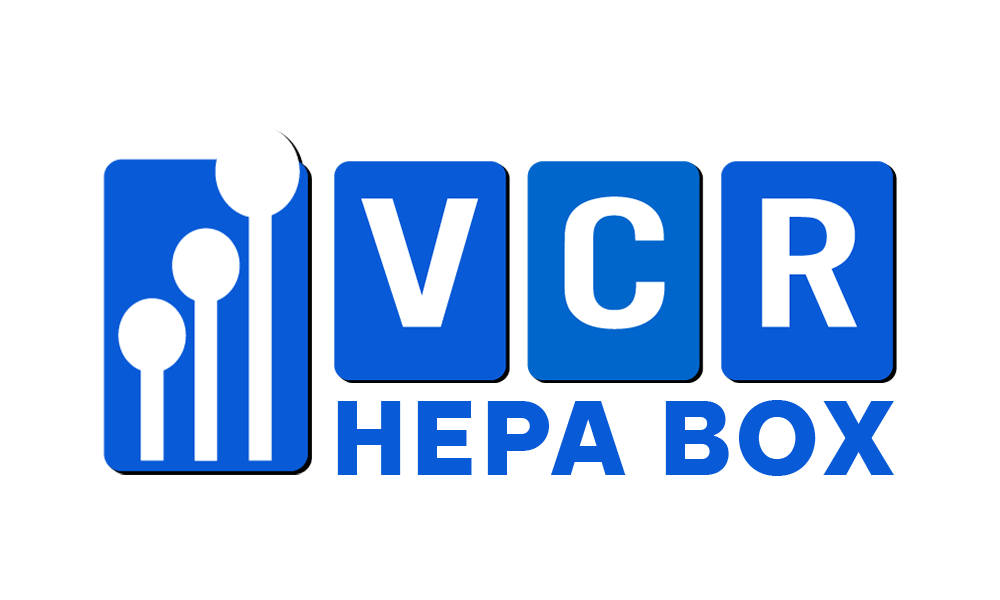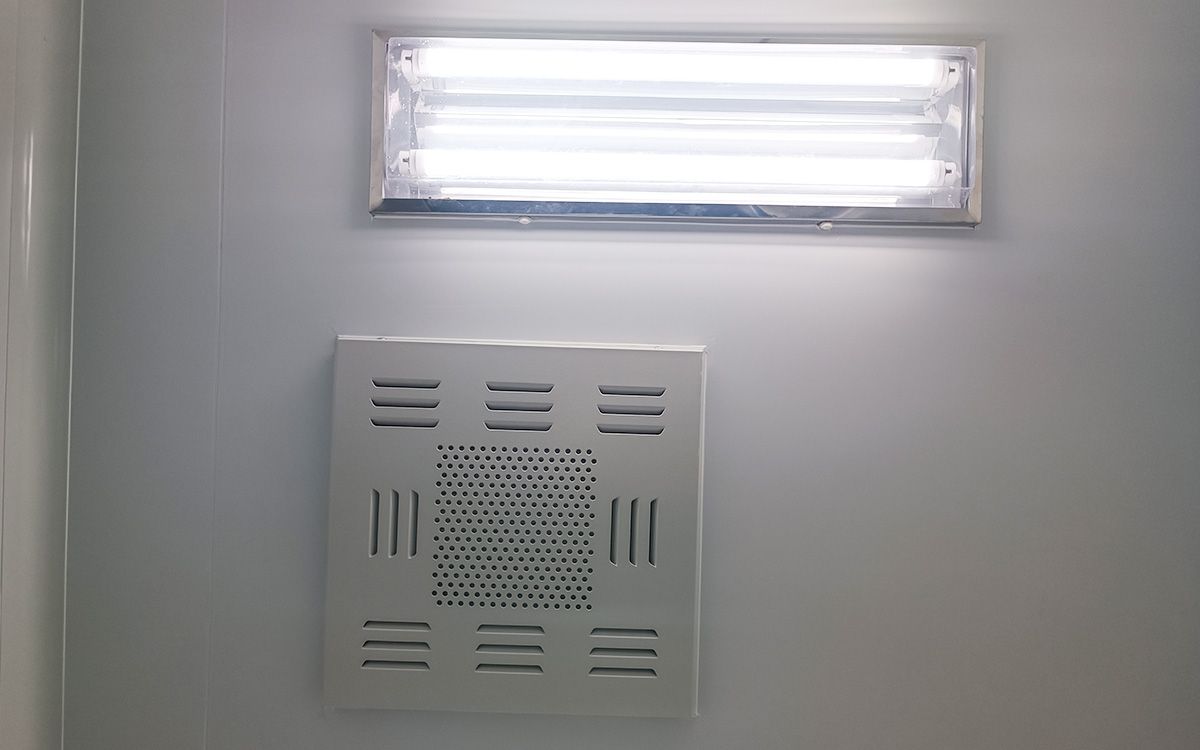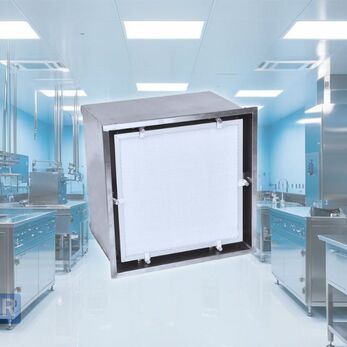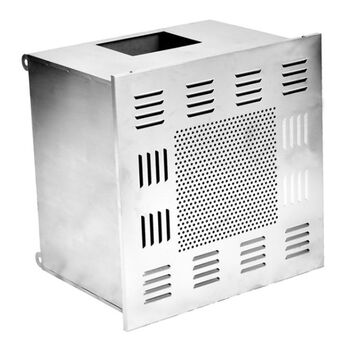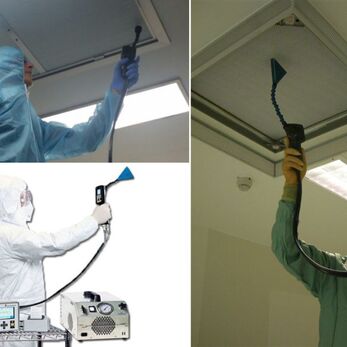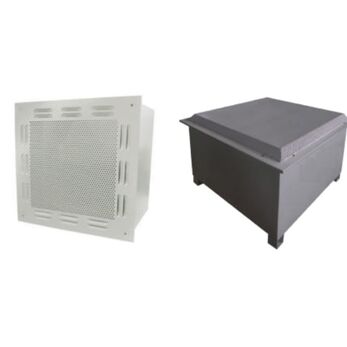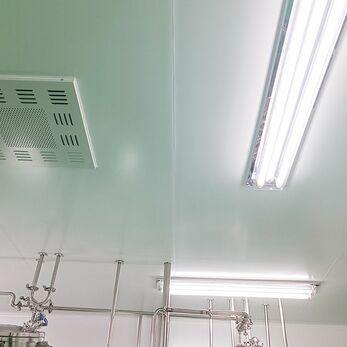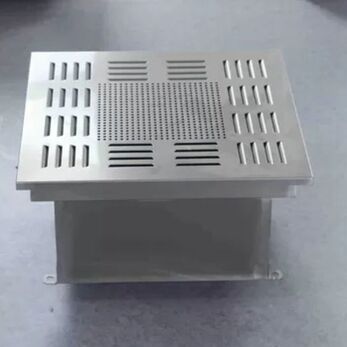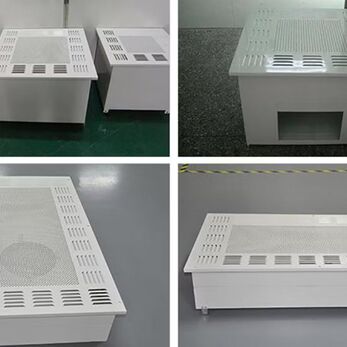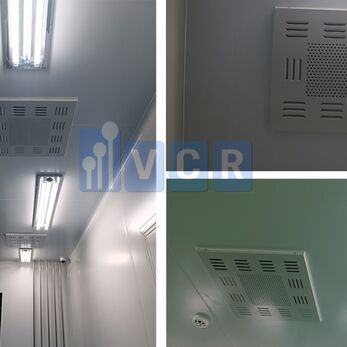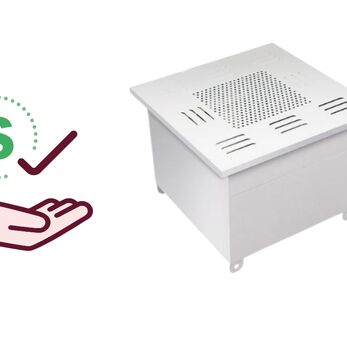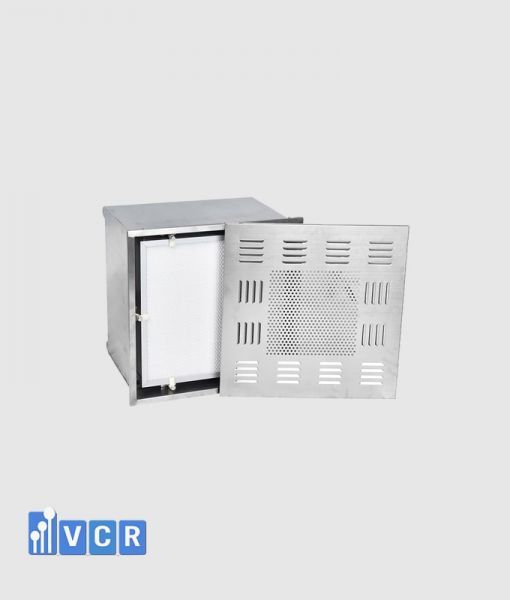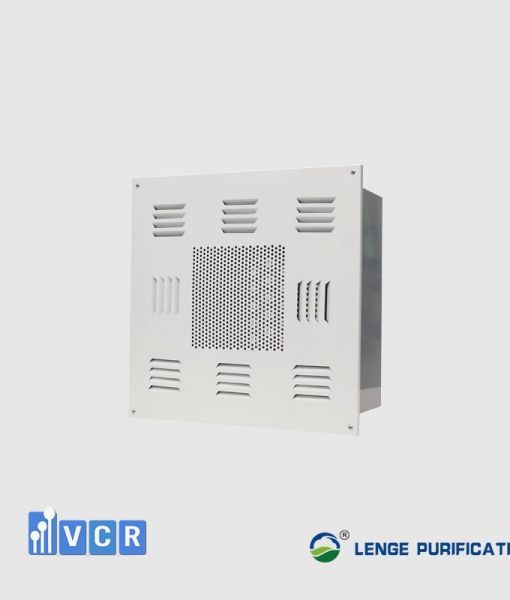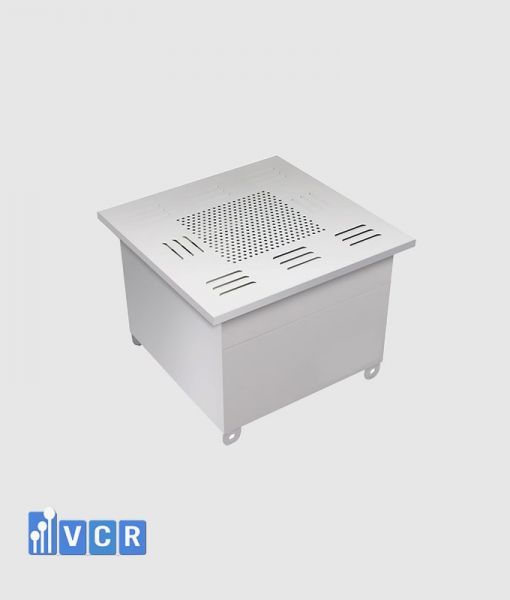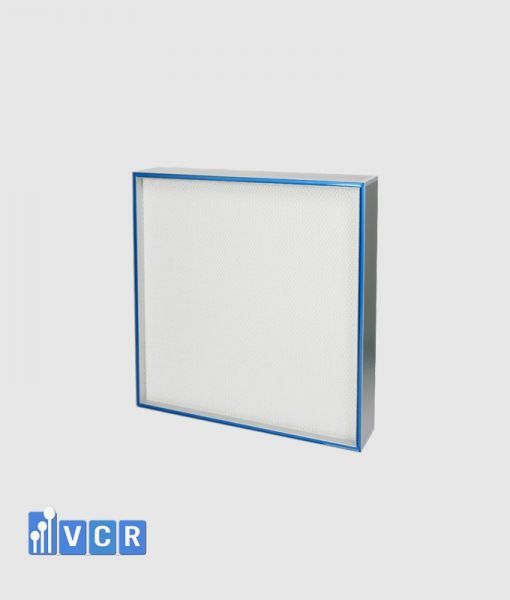Across various industries, from food processing to pharmaceuticals and beyond, maintaining meticulously clean work environments is paramount. Here's where air purification systems come into play, ensuring a safe and controlled space for sensitive products and processes.
Within air purification systems, HEPA (High-Efficiency Particulate Air) boxes act as the terminal devices. Unlike fans or air handling units that actively push or pull air, HEPA boxes are passive components. They rely on the air handling system to deliver air, either for supply or exhaust, to achieve the desired indoor air circulation pattern.
Positive, Negative, or Balanced: Tailoring Airflow for the Application
HEPA boxes can be configured to create either positive or negative pressure environments within a cleanroom.
- Positive Pressure Cleanrooms: In this scenario, a fan within the air handling unit pushes fresh air from outside into the ductwork. This air then passes through the HEPA box, where it is meticulously filtered before being delivered to the cleanroom. This method is ideal for preventing external contaminants from entering the clean space.
- Negative Pressure Cleanrooms: Conversely, for applications where containing contaminants within the cleanroom is crucial, a negative pressure environment is established. The air handling unit creates a vacuum, drawing contaminated air from the cleanroom through the HEPA box and expelling it outside. This configuration ensures superior containment of potential pollutants.
- Balanced Pressure Cleanrooms: Some situations necessitate a balanced pressure environment, where the indoor pressure is maintained at near-ambient levels. This is achieved by carefully balancing the supply and exhaust airflow rates within the cleanroom.
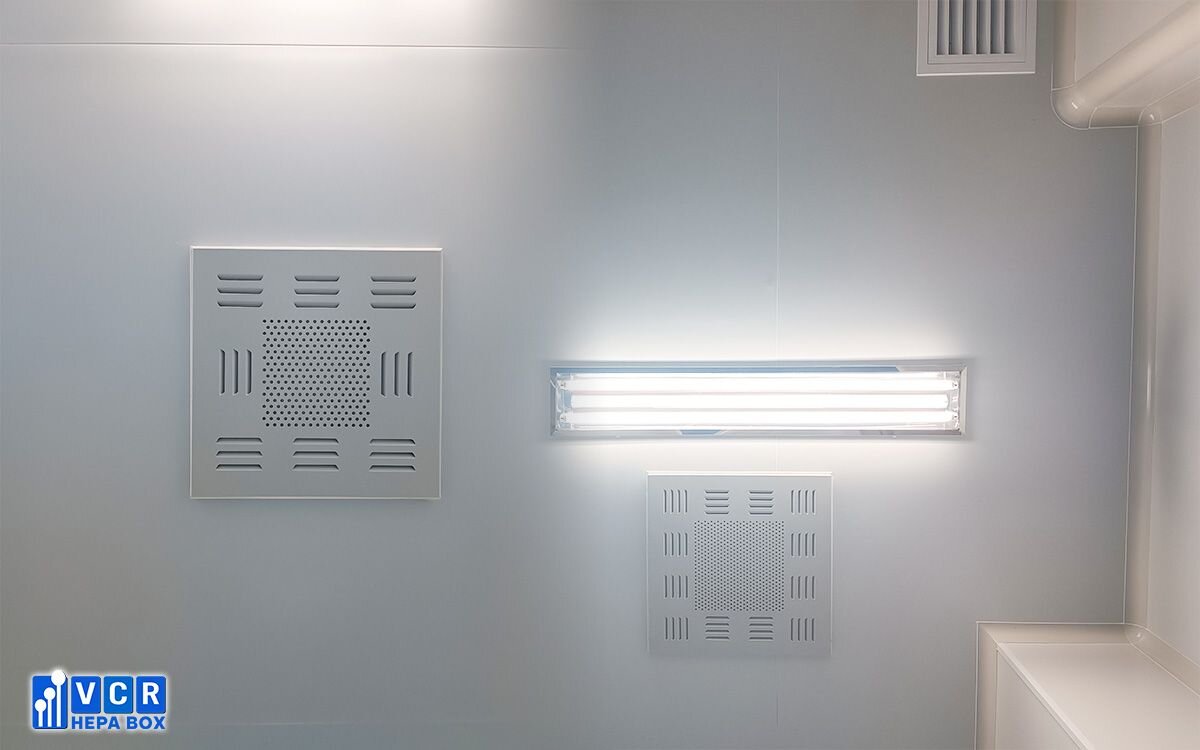
See more: The Indispensable Role of HEPA Boxes in Pharmaceutical Cleanrooms
Working principle of HEPA Box
HEPA filters, the heart of the HEPA box, employ a multi-pronged approach to capture airborne particles. Here's a breakdown of the key mechanisms at play:
- Interception: As air flows through the HEPA filter's dense maze of fibers, larger particles (whose size exceeds the distance between fibers) come into direct contact and stick to the fibers due to Van der Waals forces (intermolecular attraction).
- Diffusion: For extremely small particles significantly influenced by Brownian motion (random movement due to collisions with air molecules), the irregular path they take increases the likelihood of colliding with and adhering to the filter fibers.
- Inertial Impaction: Larger and heavier particles, due to their inertia, tend to resist changes in direction as the airflow navigates the filter media. This can cause them to impact and stick to the fibers.
- Gravity: While not the primary mechanism, gravity also plays a role in capturing larger particles, causing them to settle onto the filter media.
- Electrostatic Attraction: In some cases, the filter media or the particles themselves may hold an electrical charge, creating an electrostatic attraction that draws the particles towards the fibers.

See more: Verifying HEPA Box Performance for Cleanroom Suitability
Conclusion
HEPA boxes, equipped with HEPA filters that utilize these combined filtration mechanisms, play a critical role in safeguarding air purity within critical environments. Understanding the working principle of HEPA boxes and the various factors influencing particle capture empowers facility engineers and cleanroom professionals to select the most appropriate configuration for their specific needs.


